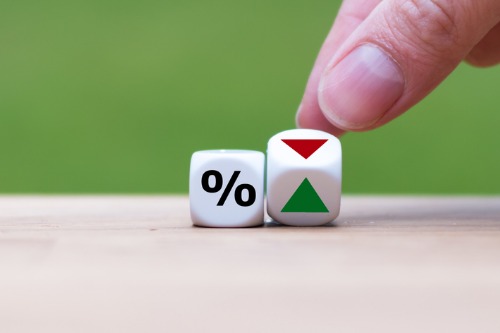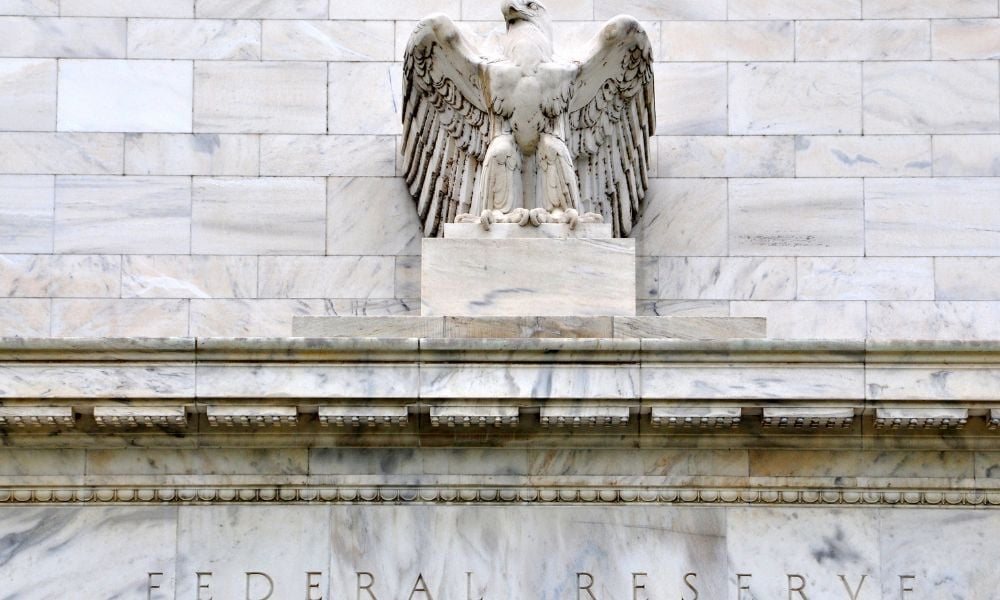Portfolio manager explains why he thinks too much focus is placed on potential number of rate cuts

While the US Federal Reserve rate cut was telegraphed, investors need to pay heed to the knock-on effect of what one portfolio manager called a “regime change”.
The recent quarter point decrease in the benchmark interest rate left analysts, as usual, studying chair Jay Powell’s language in forensic detail. From a priced-in, four-cut scenario, that is now clearly down to one, possibly two, and a more hawkish tone than was expected.
David Kletz, VP at Forstrong Global, believes too much attention is being focused on the number of cuts and, instead, told WP it’s the stance of the Fed that holds most significance.
He said: “What’s more informative for the market is that this is a regime change for the Fed. For a while, they’ve been stressing a data dependent approach and tinkering at the margins as they see economic data coming in.
“This is the first time in a very long time that we’ve had a pre-emptive move in monetary policy that is somewhat of an insurance policy against trade tensions and decelerating global growth. Just having the Fed Reserve pivot to a more dovish posture irrespective of how many cuts has big implications for global financial conditions.”
Rewind 12 months and Kletz was assessing a traditional recessionary risk environment, with the Fed tightening and the economy transitioning towards end of cycle. What has since transpired, from an escalation in trade tension to a more dovish Fed, looks set to extend the expansion, which has a domino effect on the world economy.
So, what should investors be doing now inflationary expectations have “absolutely collapsed”.
Kletz said: “In our opinion, the market is over-reacting somewhat. We think foreign inflationary pressure is going to be a lot stickier than perhaps investors perceive. If we are right, the incoming data should probably bias the Fed to a less dovish stance.”
He added: “There are big implications here. Simultaneous to the cratering of inflationary expectations, we’ve had a massive rally in bond yields, specifically at the longer end of the curve.
“You have long-term bonds at multi-year lows, you have a very flat yield curve; in some cases inverted. I think the biggest risk and, therefore, the biggest positioning investors should make is to shorten duration.
“So, shorten duration and invest in shorter-term bonds, particularly in the US, but I also think there are important implications for the US dollar as well.”
The Fed pivot may well ease the pressure on the US dollar, along with the fading impact of the fiscal stimulus package, resulting in a fertile environment for the currency to weaken. Kletz believes, therefore, that hedging some of the US dollar risk makes a lot of sense for investors. The other big element of the Fed cut is its impact on the international market.
He explained: “In previous years, we had interest rates rising and a strong US dollar, and we had the Fed Reserve shrinking the balance sheet. A lot of those concerns have been reversed; we have what we expect to be a weak dollar, we have lower interest rates globally and we have lower oil prices as well, stabilising around the $60 range.
“That should actually be more beneficial to economies outside of the US, ironically, than the US itself. We expect more trade dependent, more risk-appetite dependent blocks like Europe, Asia and emerging markets to be the primary beneficiary of this shift in regime as we see it now.”



